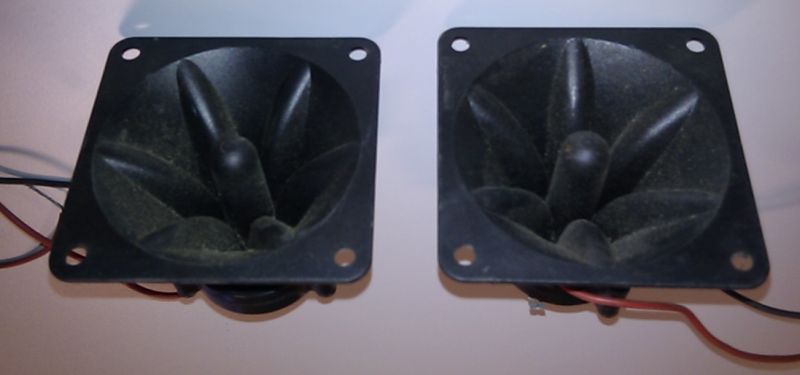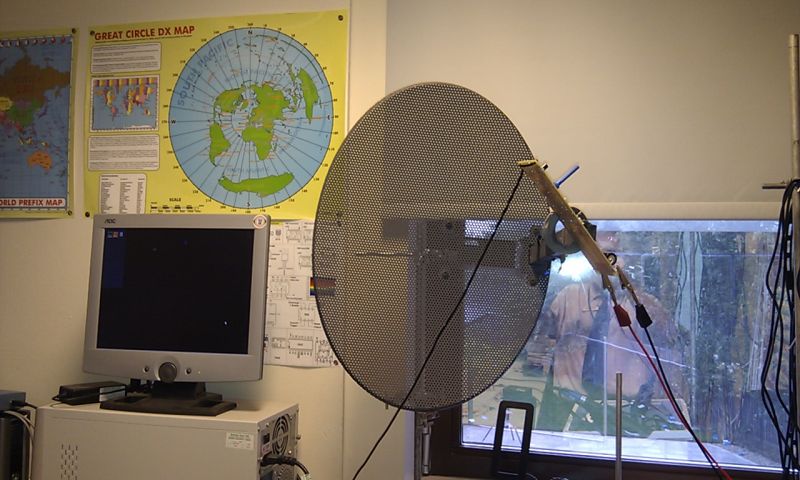

Ultrasound |
|
To gain access to revision questions, please sign up and log in.
a
Normal human ears pick up sounds between ...
As people age, the upper frequency limit they can hear drops.
This frequency drop is also caused by living or working in very noisy environments and failing to use ear protection.
bUltrasound is the same as normal sound but the frequency is above 20,000 Hz going up to about 2MHz. As this limit is approached, air does not carry sound at all well. Much higher frequencies are possible in liquids and solids.
Low cost narrow bandwidth transducers are available for sending and receiving ultrasound through air at 40 kHz.
For a greater bandwidth, low cost tweeters might be usable. Sadly their data sheets rarely bother to show their response above 20kHz so there would be a lot of guess work. Paper cone tweeters seem to cut off rapidly above 15kHz so these would be less useful.
cSome Piezo Tweeters claim to go up to 27kHz or even higher. This allows for wider modulated signal bandwidths and perhaps even the 9kHz wide Digital Radio Mondiale (DRM) transmissions ( yet to be tested ). DRM is very similar to DAB radio but there is only one radio station per multiplex.
Junk sale piezo tweeters bought for £1. New ones cost about £5. Sadly these didn't perform well above 8 kHz.


reviseOmatic V3 Contacts, ©, Cookies, Data Protection and Disclaimers Hosted at linode.com, London